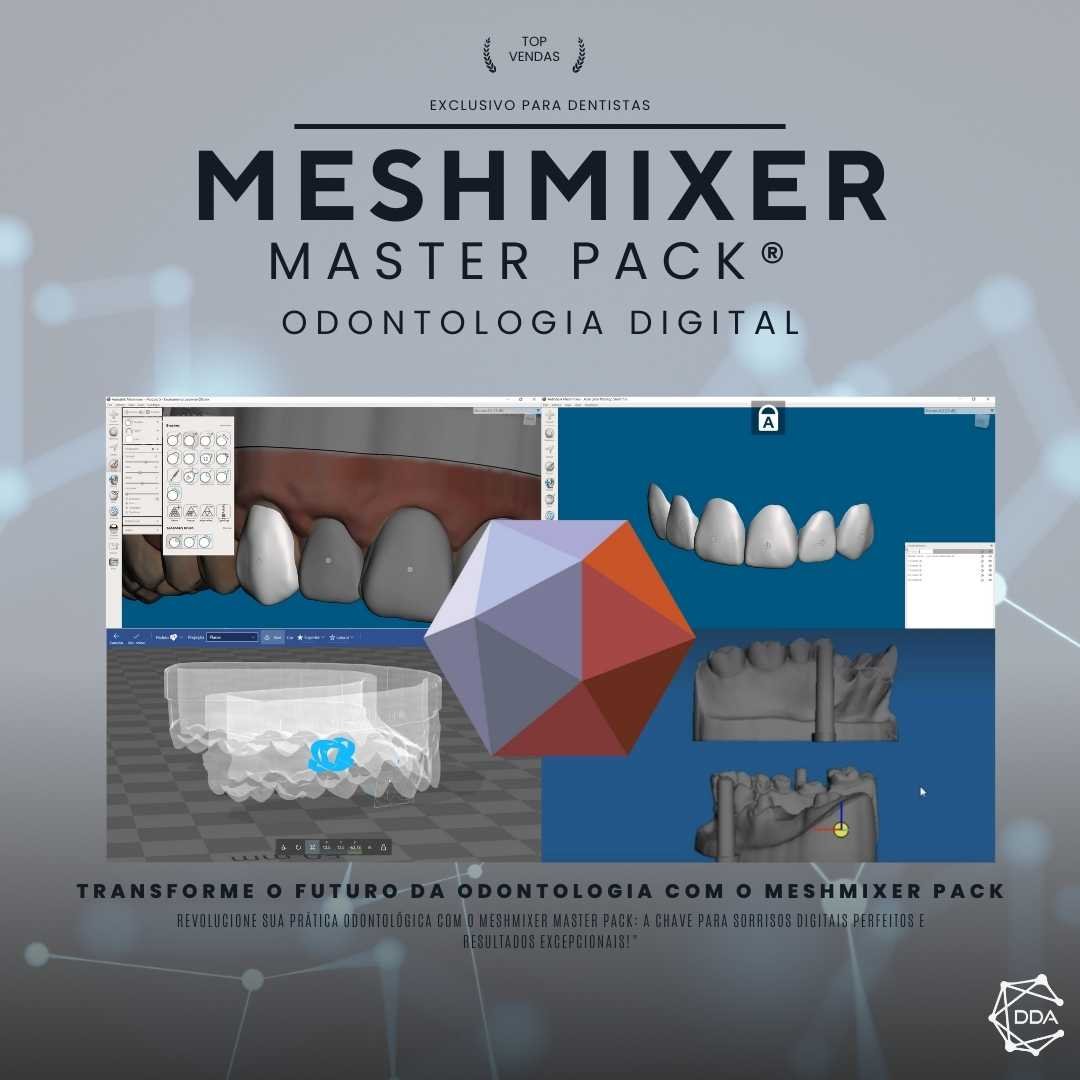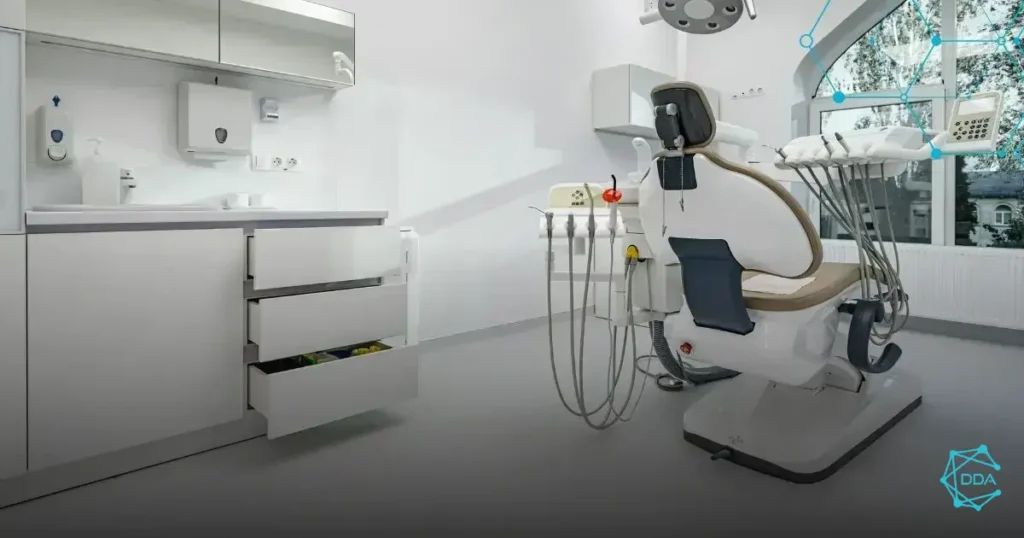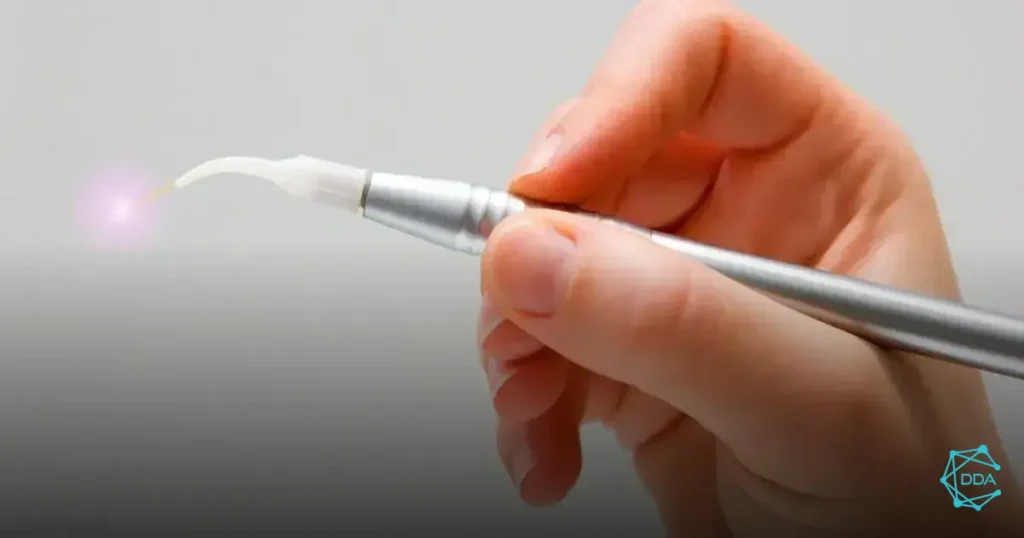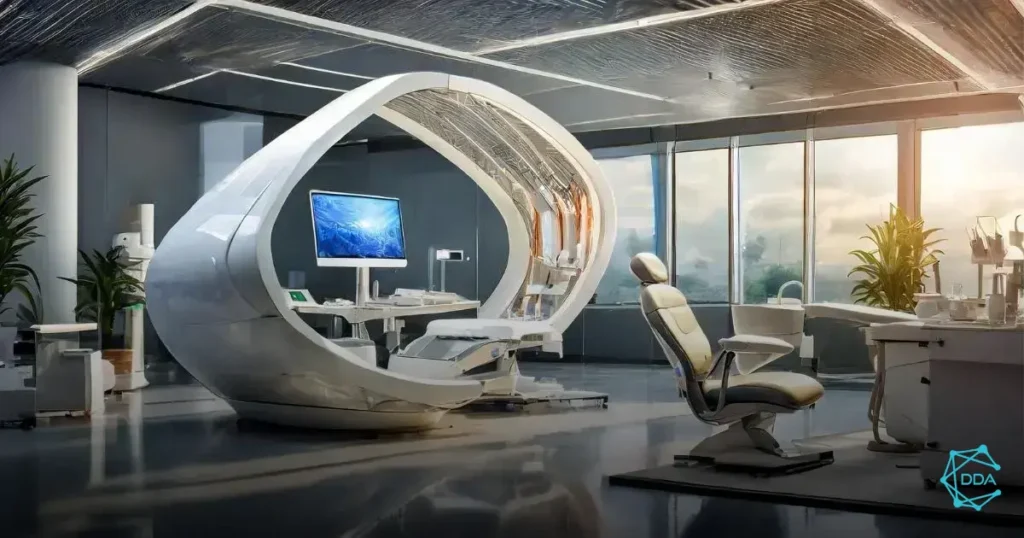Straumann Straumann, Inc. is a Swiss company that is a global leader in the dental and implant dentistry market. With a history of innovation and excellence, Straumann has played a key role in advancing dental implant techniques and improving the quality of life for patients. Over the years, the company has established strategic collaborations and partnerships, and continues to drive the future of dentistry with its implant innovations. In this article, we will explore Straumann’s history, its contributions to the field of implant dentistry, its implant innovations, its collaborations and partnerships, and the future prospects that are shaping the future of dentistry.


History and Contributions
The history of the implant industry has its roots in advances in dentistry and medicine. The need to restore masticatory function and aesthetics has led to the development of innovative techniques and materials over time.
Contributions in this field have been significant, with professionals and researchers dedicating themselves to improving implantation techniques, biocompatible materials and implant design.
These contributions not only impacted patients’ quality of life, but also drove the evolution of dentistry and medicine as a whole.
Furthermore, collaboration between professionals from different fields, such as dentistry, medicine, engineering and materials science, has played a crucial role in the advancement of implant technology.
This history and contributions continue to shape the current and future implant landscape, driving innovations and partnerships that aim to improve patient health and well-being.
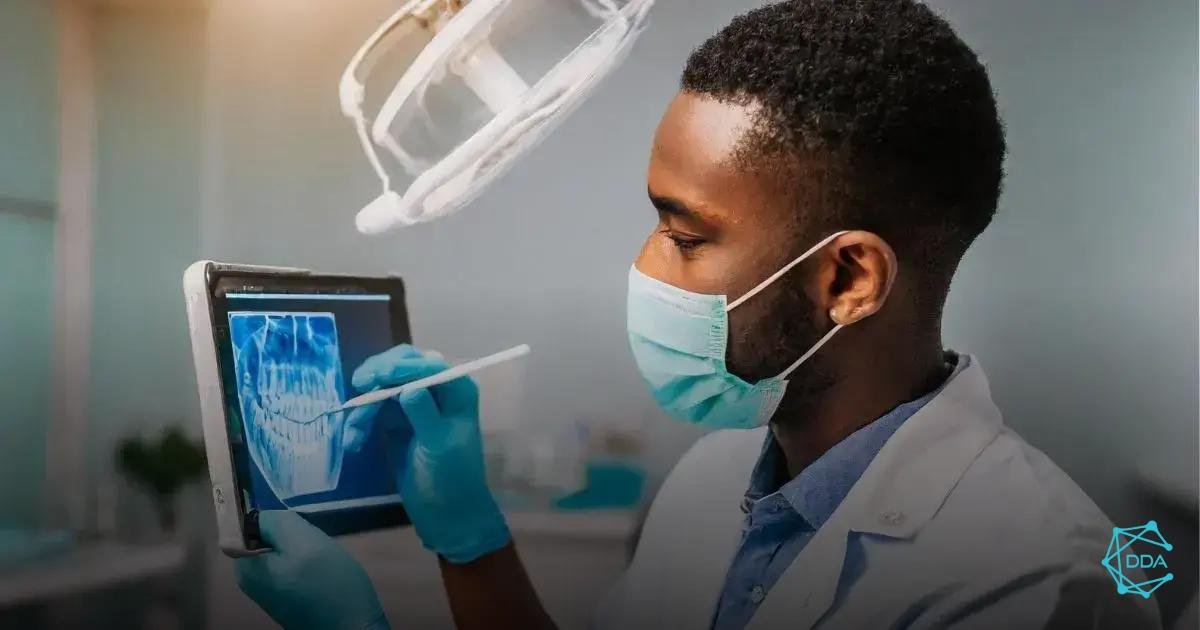

Innovations in Implants
The implant field has undergone constant innovation, driven by the search for more efficient and long-lasting solutions. Advanced technologies have enabled the development of new materials and techniques, resulting in significant improvements in implant procedures.
Technological Advances
Technological advances have played a crucial role in the improvement of implants. New materials, such as high-strength ceramics and innovative metal alloys, have provided greater durability and biocompatibility. In addition, the use of 3D printing has enabled the creation of customized implants, meeting the specific needs of each patient.
Biomedical Integration
Biomedical integration has been a major focus of implant innovation. The combination of biological materials with electronic components has enabled the development of smart implants that can monitor and respond to the conditions of the human body. This integration has the potential to revolutionize the treatment of a variety of medical conditions.
Minimally Invasive Approaches
Minimally invasive approaches have become a trend in the implant field. Less invasive surgical procedures not only reduce patient recovery time but also minimize the risk of postoperative complications. Advances in guided surgery and assisted navigation techniques have contributed to the precision and safety of implants.
- Customized implants through 3D printing
- Integration of biological and electronic materials
- Guided surgery and assisted navigation techniques
In short, innovations in implants have provided increasingly advanced and personalized solutions, promoting significant improvements in patients' quality of life and expanding treatment possibilities in the health area.
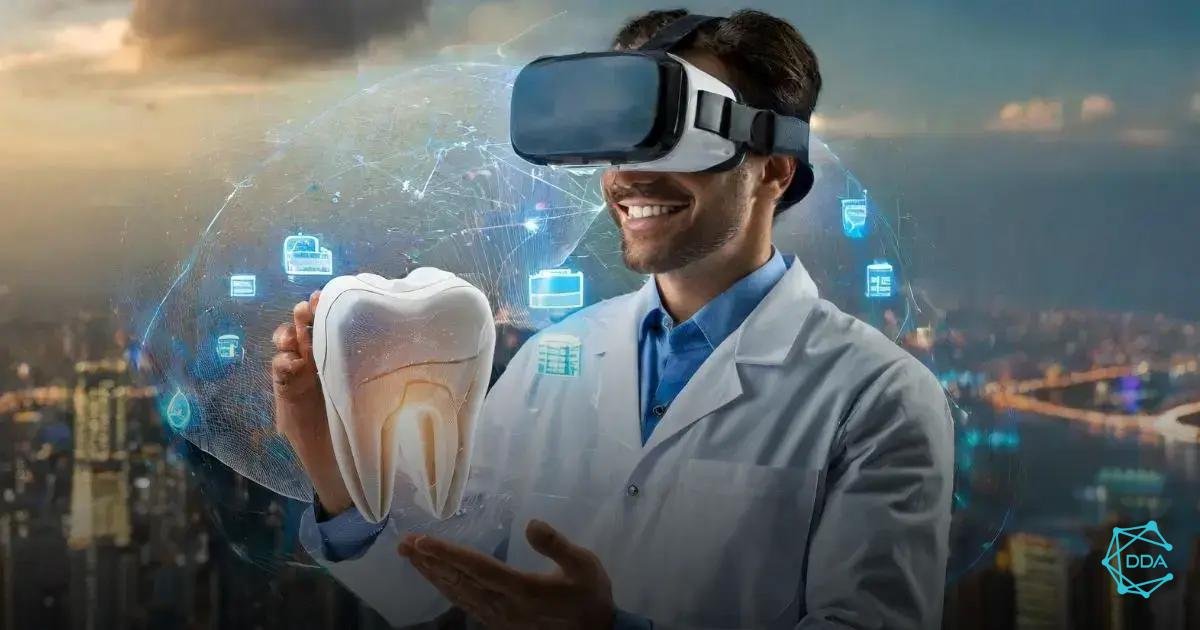

Collaborations and Partnerships
Collaborations and partnerships play a crucial role in the continued advancement of the implant industry. Over the years, strategic partnerships between medical device companies, research institutions and healthcare professionals have driven innovation and improved the quality of implants.
International Collaborations:
Collaboration between companies from different countries has enabled the exchange of knowledge and technologies, resulting in significant advances in the field of implants. These international partnerships provide access to global resources, including cutting-edge research and diverse expertise.
Partnerships with Academic Institutions:
Cooperation with universities and research centers has been fundamental for the development of new materials and implant manufacturing techniques. The synergy between industry and academia has stimulated innovation and the training of highly qualified professionals in this field.
Alliances with Healthcare Professionals:
Close collaboration with surgeons, dentists and other healthcare professionals is essential to understanding clinical needs and improving implant design and effectiveness. Direct feedback from these experts contributes to the creation of more tailored and personalized solutions.
Public-Private Partnerships:
Initiatives involving partnerships between the public sector and private companies have driven research and development of innovative implant technologies. These collaborations aim to meet society's demands, promoting significant advances in health and well-being.
In short, collaborations and partnerships play a vital role in advancing implant technology, enabling the creation of safer, more efficient and affordable solutions for patients around the world.
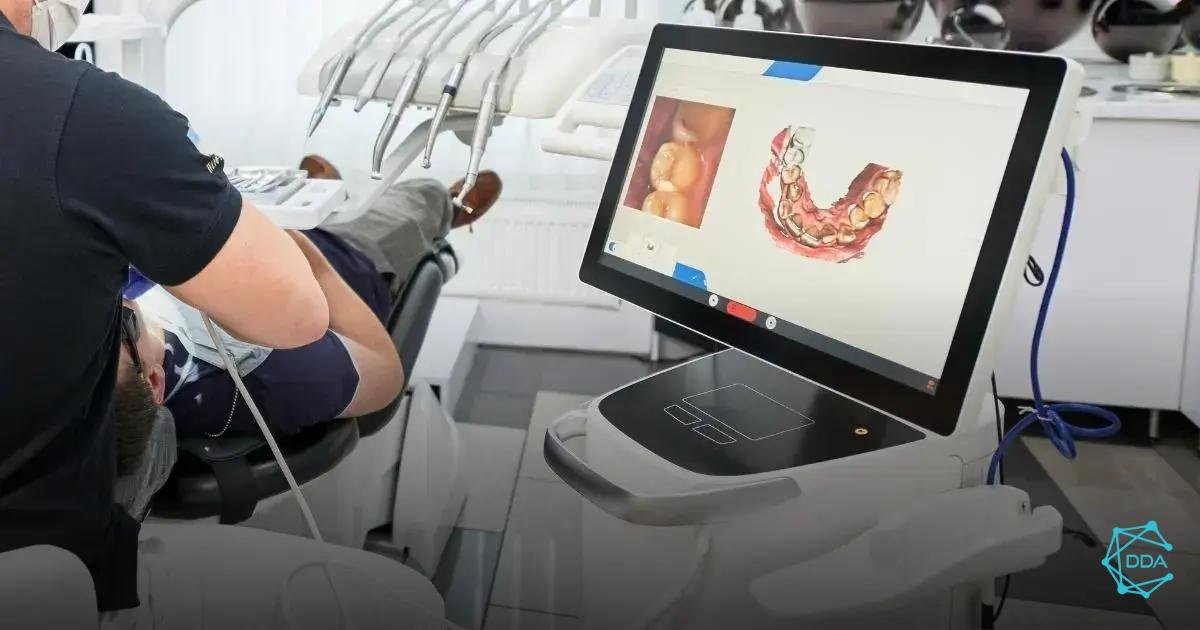

Future Perspectives
The future outlook for the field of medical implants is extremely promising, with significant advances expected in the coming years. With continued technological development and increasing understanding of the human body, new possibilities are emerging to further improve medical implants.
Technological Advances: The integration of advanced technologies, such as 3D printing and nanotechnology, promises to revolutionize implant manufacturing, allowing customization and the creation of more complex and efficient structures.
Enhanced Biocompatibility: Ongoing research in the area of biocompatible materials aims to further reduce rejection and complications associated with implants, increasing the safety and effectiveness of these devices.
Artificial Intelligence and Monitoring: The integration of artificial intelligence and advanced sensors into implants will enable real-time monitoring of the patient's health status, enabling early and personalized interventions.
Regenerative Therapies: Advances in regenerative therapies, including tissue engineering and gene therapy, open up new perspectives for tissue regeneration and repair, reducing the need for permanent implants.
Sustainability and Biodegradability: The search for sustainable and biodegradable materials for medical implants reflects growing concerns about the environment and the long-term health of patients.



